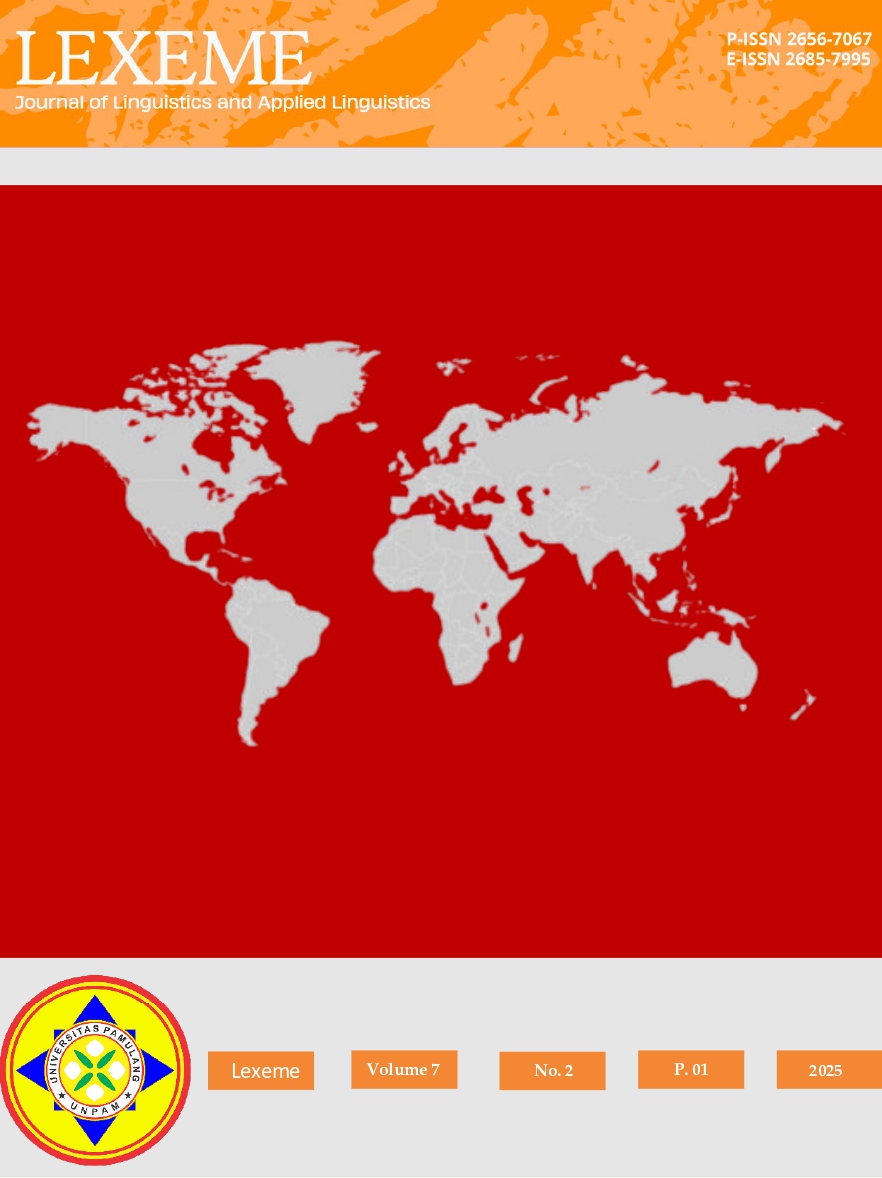Framing Theory on Cyber Politic Analysis: Candidate for Governor of North Sumatera on Instagram
DOI:
https://doi.org/10.32493/ljlal.v7i1.45768Keywords:
framing theory, gubernatorial election, political campaign, social media, voter perceptionAbstract
This study explores the utilization of Instagram as a social media platform in political campaigns during the Medan Governor Election, applying the principles of framing theory. The primary aim is to investigate how gubernatorial candidates construct and disseminate their political messages through visual and textual content to shape voter perceptions. Anchored in Erving Goffman’s (1974) framing theory, the study examines how candidates selectively emphasize and organize information to influence audience interpretation. By employing Instagram features such as posts, stories, and interactive elements, candidates seek to craft their public image, underscore key issues, and engage voters effectively. The findings indicate that Instagram functions as a pivotal tool for shaping public opinion and increasing candidates' visibility in the context of digital media-driven political campaigns. This research underscores the importance of strategic social media use in modern political communication, highlighting its potential to redefine voter engagement and public discourse
References
Chadwick, A. (2013). The hybrid media system: Politics and power. Oxford University Press.
Dahlgren, P. (2009). Media and political engagement: Citizens, communication, and democracy. Cambridge University Press.
Entman, R. M. (1993). Framing: Toward clarification of a fractured paradigm. Journal of Communication, 43(4), 51-58. https://doi.org/10.1111/j.1460-2466.1993.tb01304.x
Goffman, E. (1974). Frame analysis: An essay on the organization of experience. Harper & Row.
Krippendorff, K. (2004). Content analysis: An introduction to its methodology (2nd ed.). Sage Publications.
McCombs, M. E., & Shaw, D. L. (1972). The agenda-setting function of mass media. Public Opinion Quarterly, 36(2), 176-187. https://doi.org/10.1086/267990
Sulastri, A., Adi, B. T. S., & Sukmana, O. (2024). Sociology of Young Voters: How They Shape Political Campaigns in Indonesia. International Journal of Research in Engineering, Science and Management, 7(6), 14-19.
Bruns, A. (2013). From prosumption to produsage. In Handbook on the digital creative economy (pp. 67-78). Edward Elgar Publishing.
van Spanje, J., & Azrout, R. (2022). Killing them softly? Two complementary studies on visibility and framing of new parties in the news. Journalism, 23(1), 278-294.
Olof Larsson, A. (2023). The rise of Instagram as a tool for political communication: A longitudinal study of European political parties and their followers. New Media & Society, 25(10), 2744-2762.
Clark, A., Holland, C., Katz, J., & Peace, S. (2009). Learning to see: lessons from a participatory observation research project in public spaces. International journal of social research methodology, 12(4), 345-360.
Downloads
Published
How to Cite
Issue
Section
License
Copyright (c) 2024 Aisya Naifa Naila, Amanda Fransisca Gultom, Arina Putri Septiani, Maryam Ulfa, Wina Avrillia, Dian Marisha Putri

This work is licensed under a Creative Commons Attribution-ShareAlike 4.0 International License.







